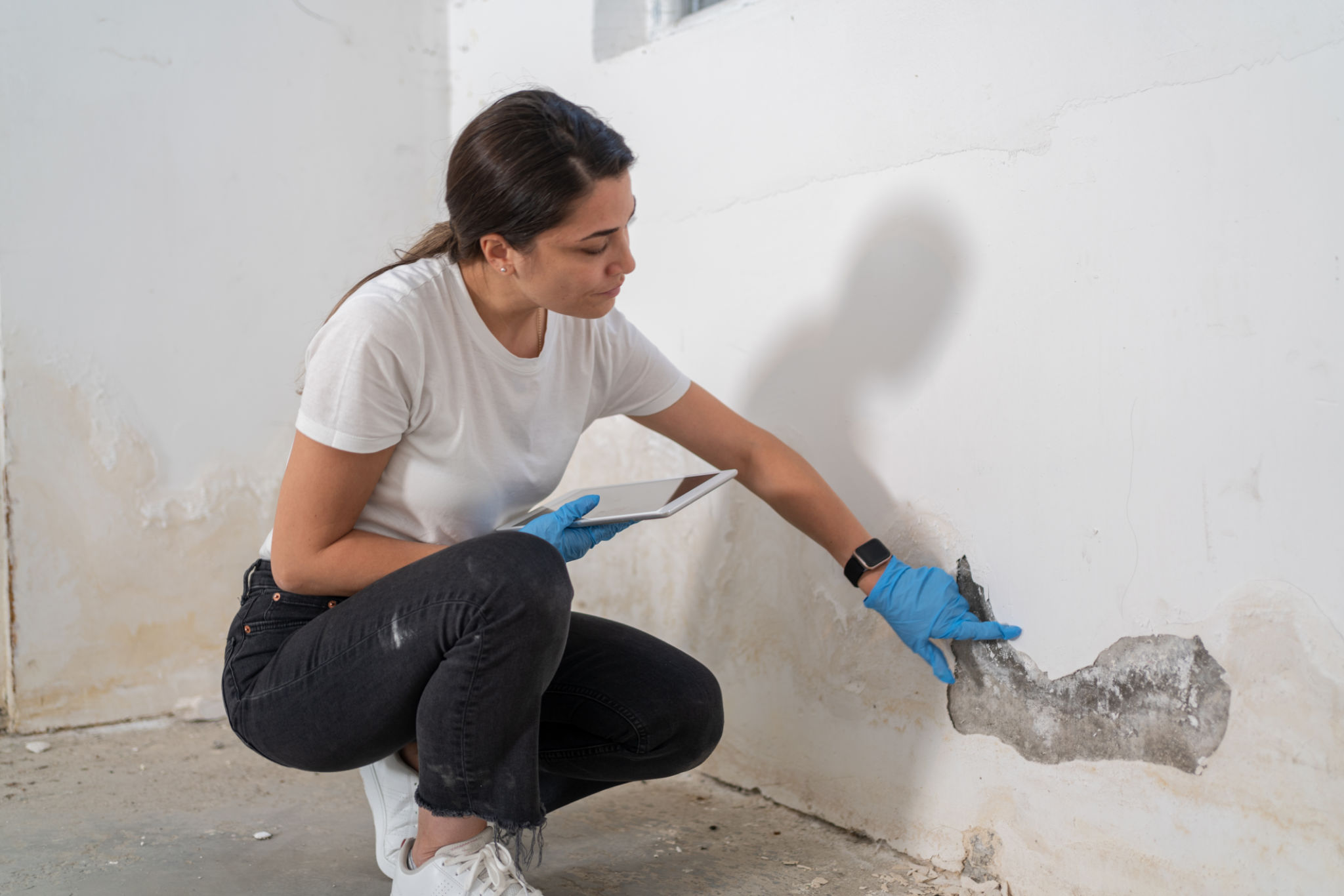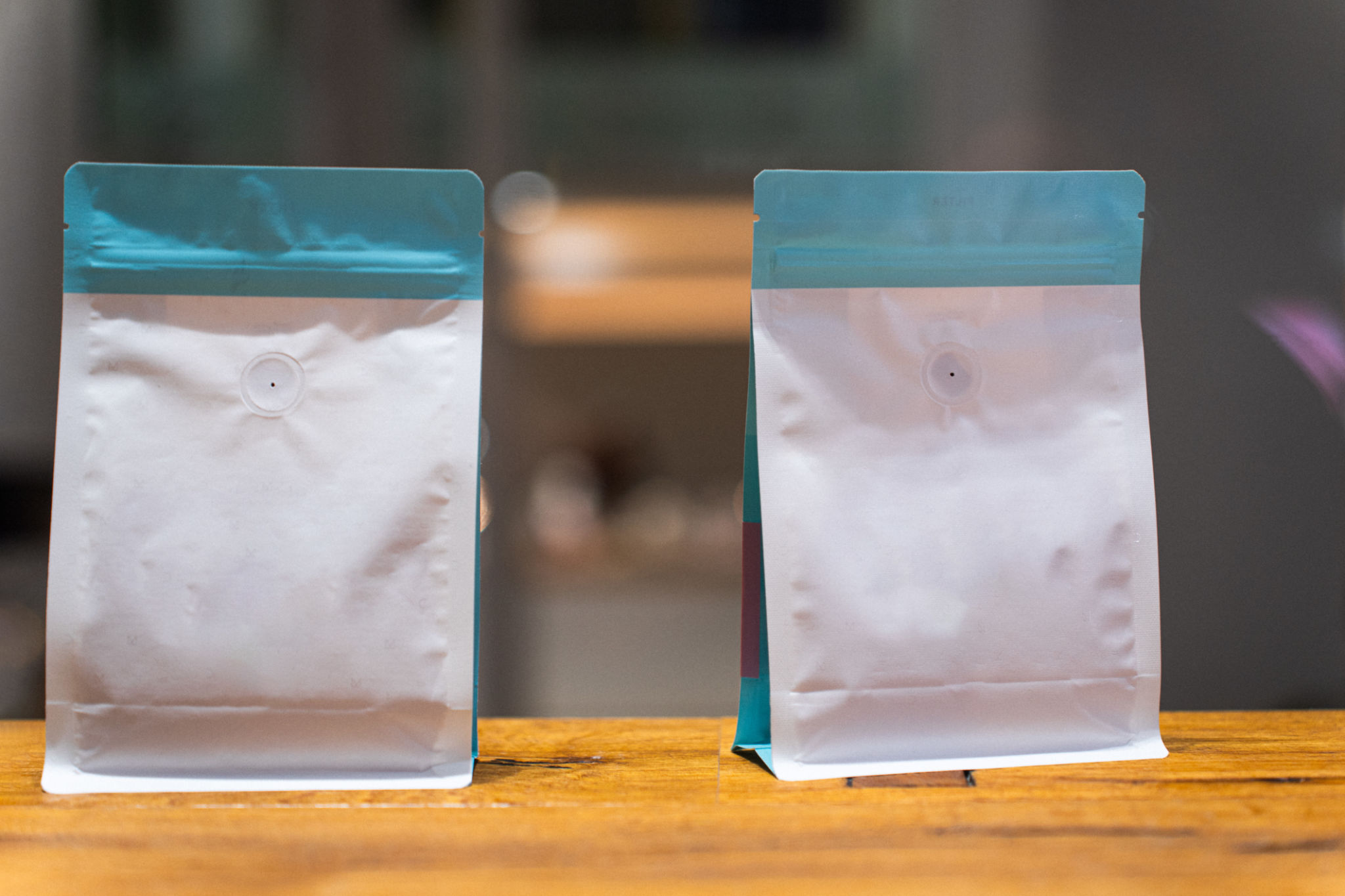Seasonal Tips for Transport Packaging in Humid Climates
Understanding the Challenges of Humid Climates
Transport packaging in humid climates presents unique challenges, primarily due to the increased risk of moisture damage. High humidity can lead to issues such as mold, mildew, and corrosion, which can compromise the integrity of your products during transport. To effectively manage these risks, it's crucial to adapt your packaging strategies to suit the specific environmental conditions of humid regions.

Choosing the Right Materials
Material selection is a critical factor in ensuring the safety of goods in humid climates. Opt for materials that offer superior moisture resistance. For instance, **polyethylene and polypropylene** are excellent choices due to their water-repellent properties. Additionally, consider using moisture-barrier films and laminated materials to provide an extra layer of protection against humidity.
Wooden pallets, a common choice for transportation, can be susceptible to moisture absorption. To mitigate this, use heat-treated or kiln-dried pallets to reduce moisture content and minimize the risk of mold growth.
Implementing Desiccants and Moisture Absorbers
To further safeguard your products, incorporate desiccants and moisture absorbers into your packaging. These substances help reduce humidity levels within the packaging enclosure, preventing moisture-related damage. Silica gel packs are a popular choice due to their effectiveness and ease of use.

You might also consider using activated clay or calcium chloride-based absorbers for more demanding conditions. The key is to use a sufficient quantity based on the size and sensitivity of your shipment to ensure optimal moisture control.
Sealing and Insulation Techniques
Proper sealing techniques can significantly impact the effectiveness of your transport packaging in humid climates. Ensure that all seams and joints are tightly sealed using high-quality adhesives or heat-sealing methods. This prevents moisture ingress and maintains the integrity of your package.
Additionally, insulating materials such as foam inserts or bubble wrap can provide an extra barrier against humidity. These materials help stabilize internal temperature fluctuations, reducing the risk of condensation and moisture buildup.

Regular Monitoring and Inspection
Regular monitoring is an essential practice when transporting goods in humid climates. Implement systems for tracking temperature and humidity levels throughout the transport process. This can be done using data loggers or smart sensors that provide real-time updates on environmental conditions.
Conduct routine inspections at various stages of transit to identify any signs of moisture damage early. Prompt action can prevent minor issues from escalating into significant problems, safeguarding both your products and your reputation.
Training and Awareness
Finally, ensure that all personnel involved in the packing and transport process are adequately trained and aware of the challenges posed by humid climates. Educating your team on best practices for handling and packing goods in such conditions can significantly reduce the risk of moisture-related damage.
By implementing these strategies, businesses can effectively navigate the complexities of transport packaging in humid climates, ensuring that their products reach their destination in optimal condition. Adapting to these environmental challenges not only protects your goods but also enhances customer satisfaction and trust.